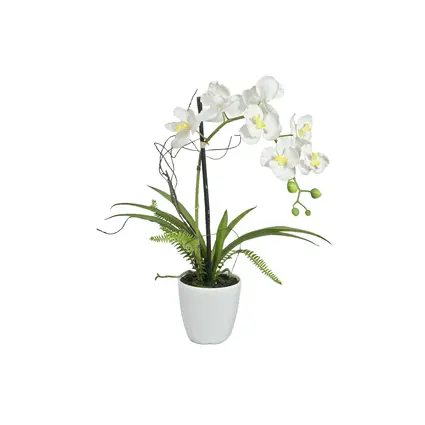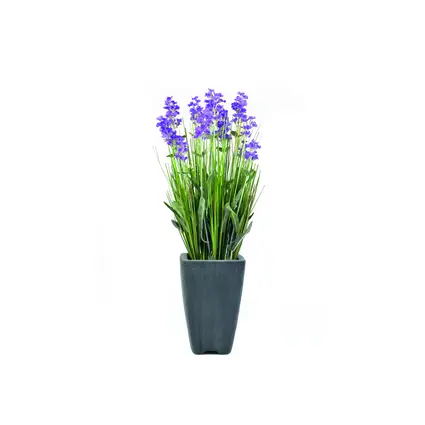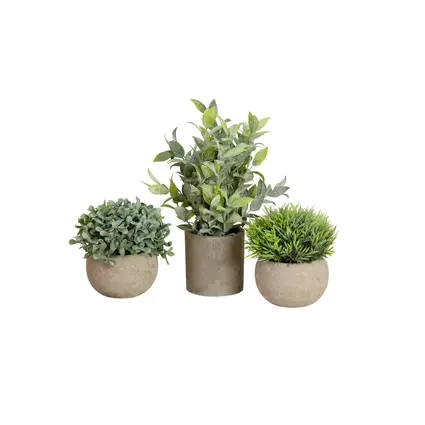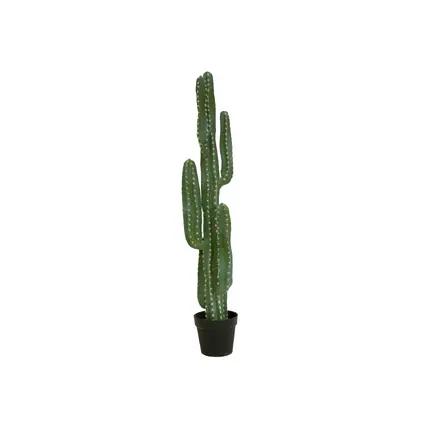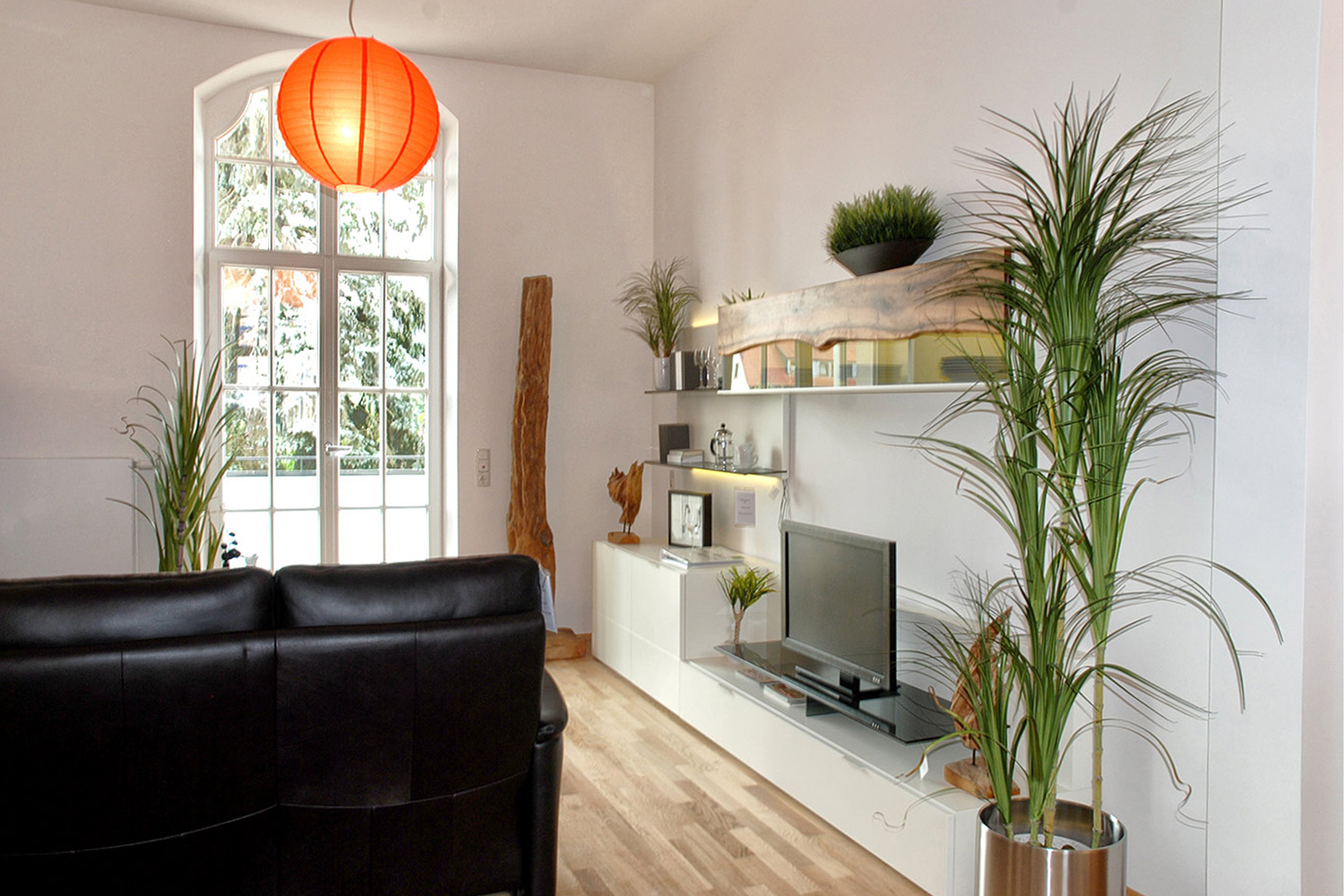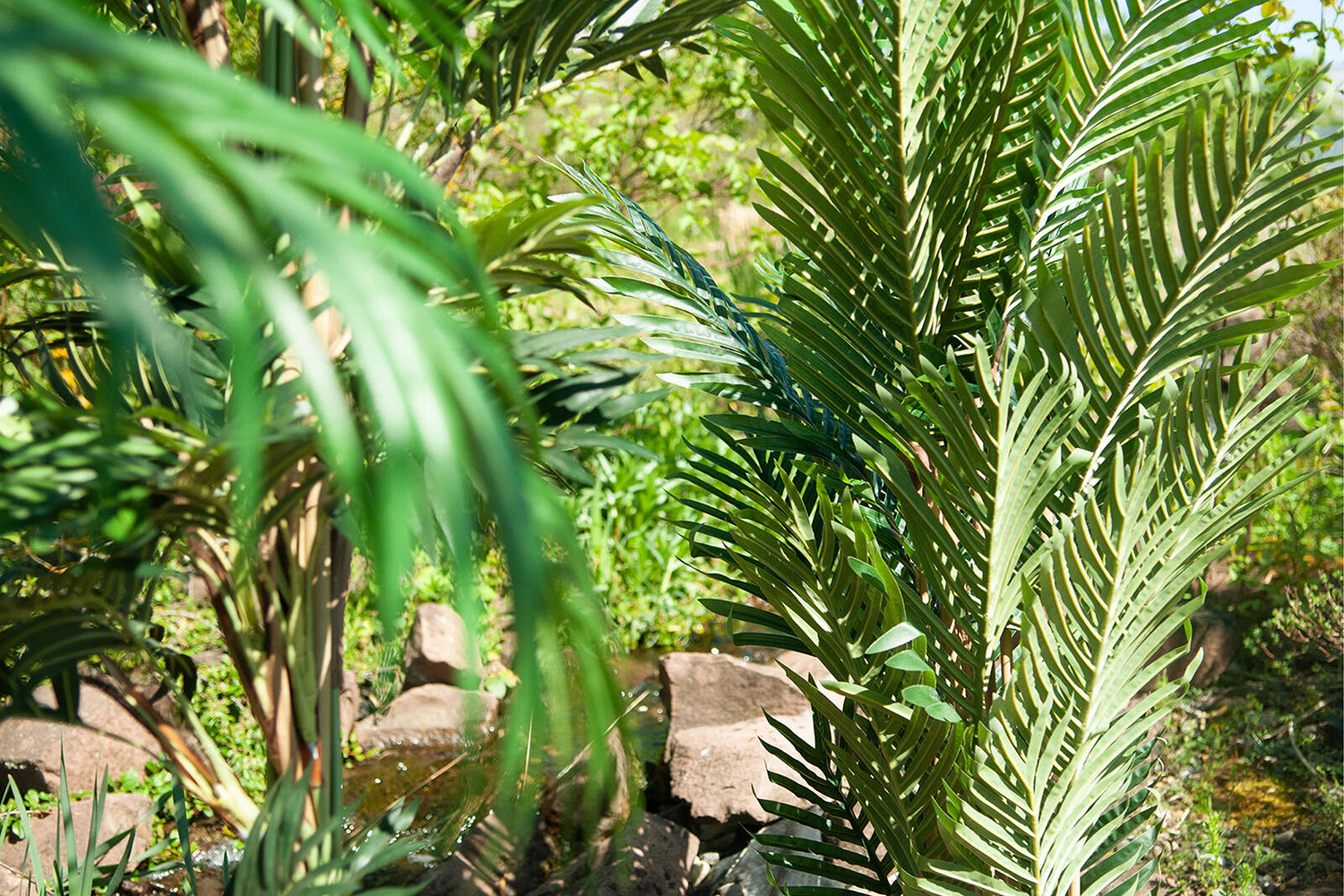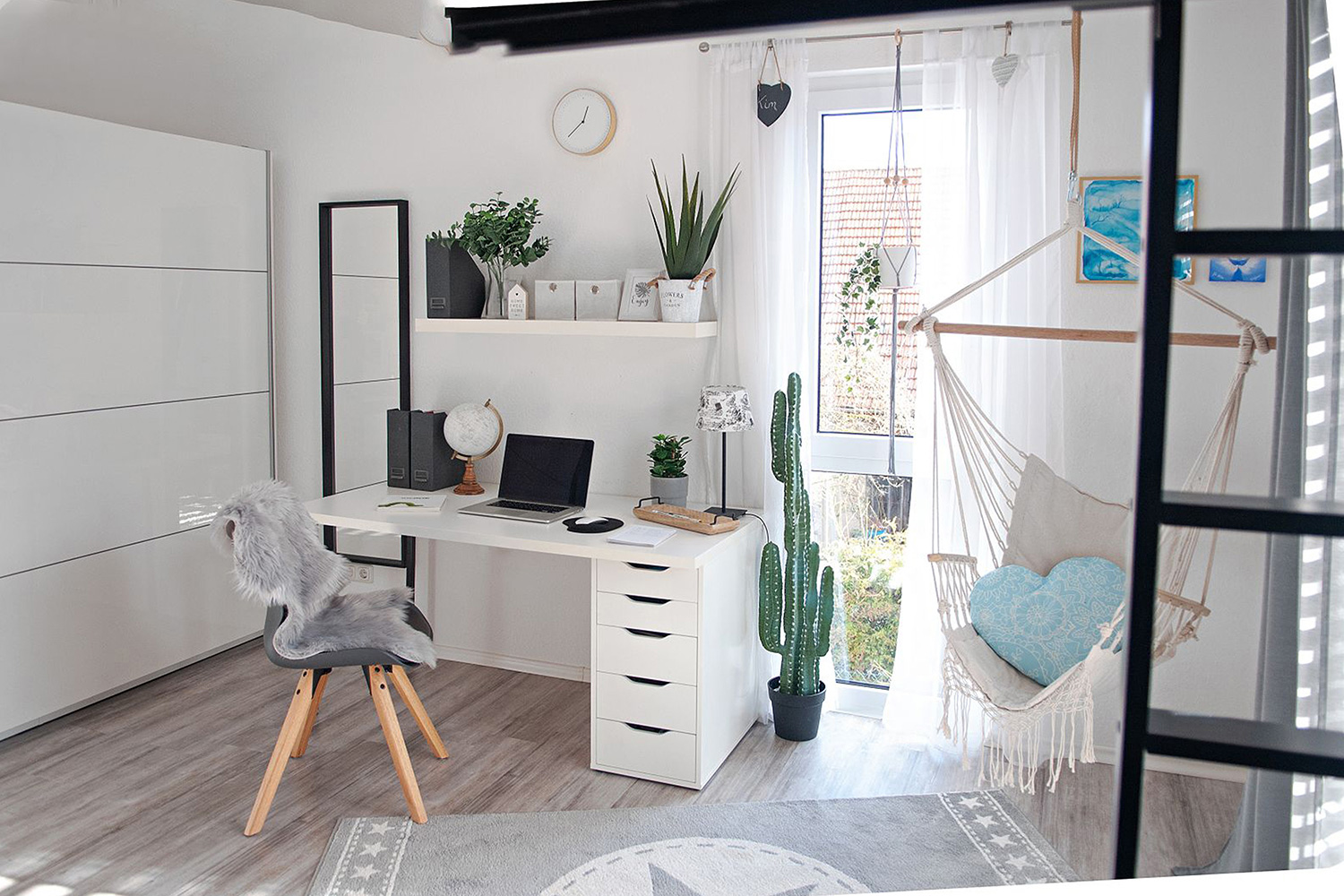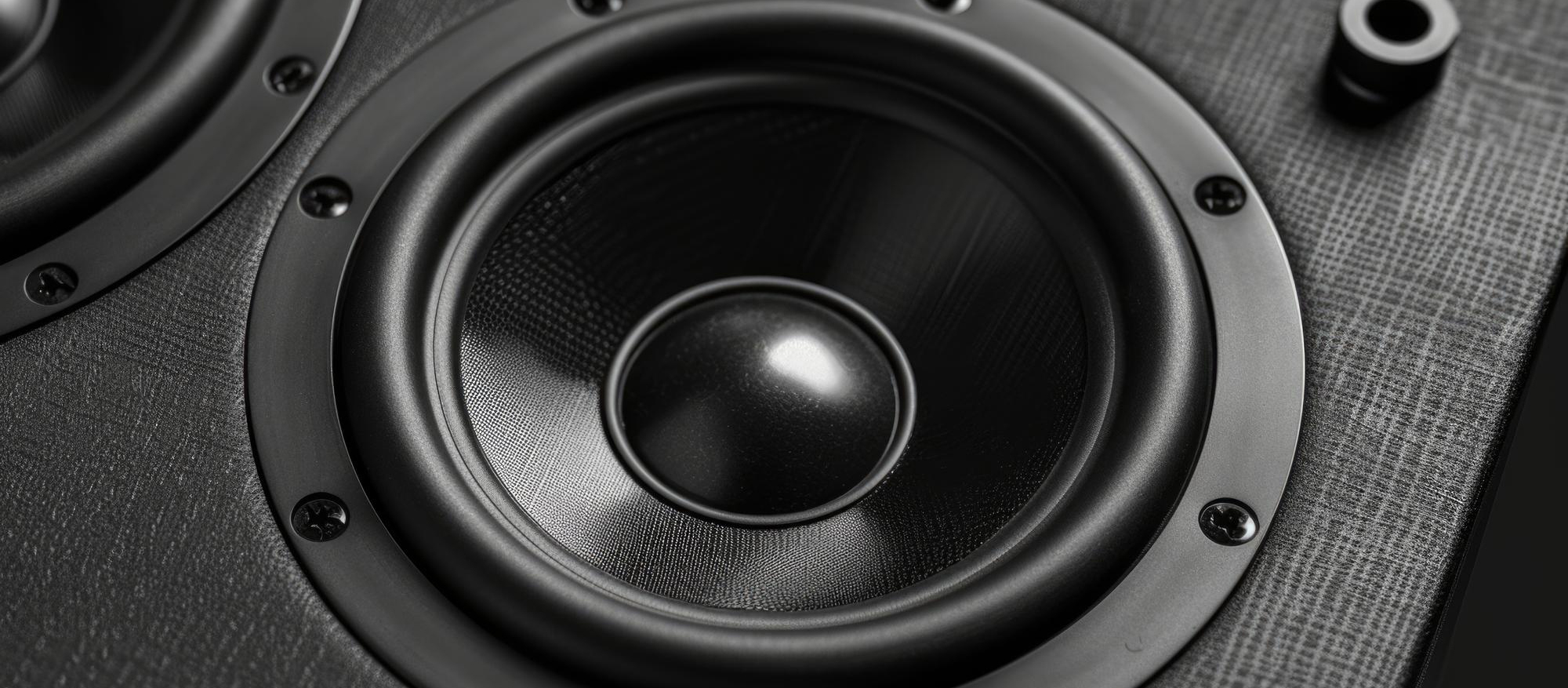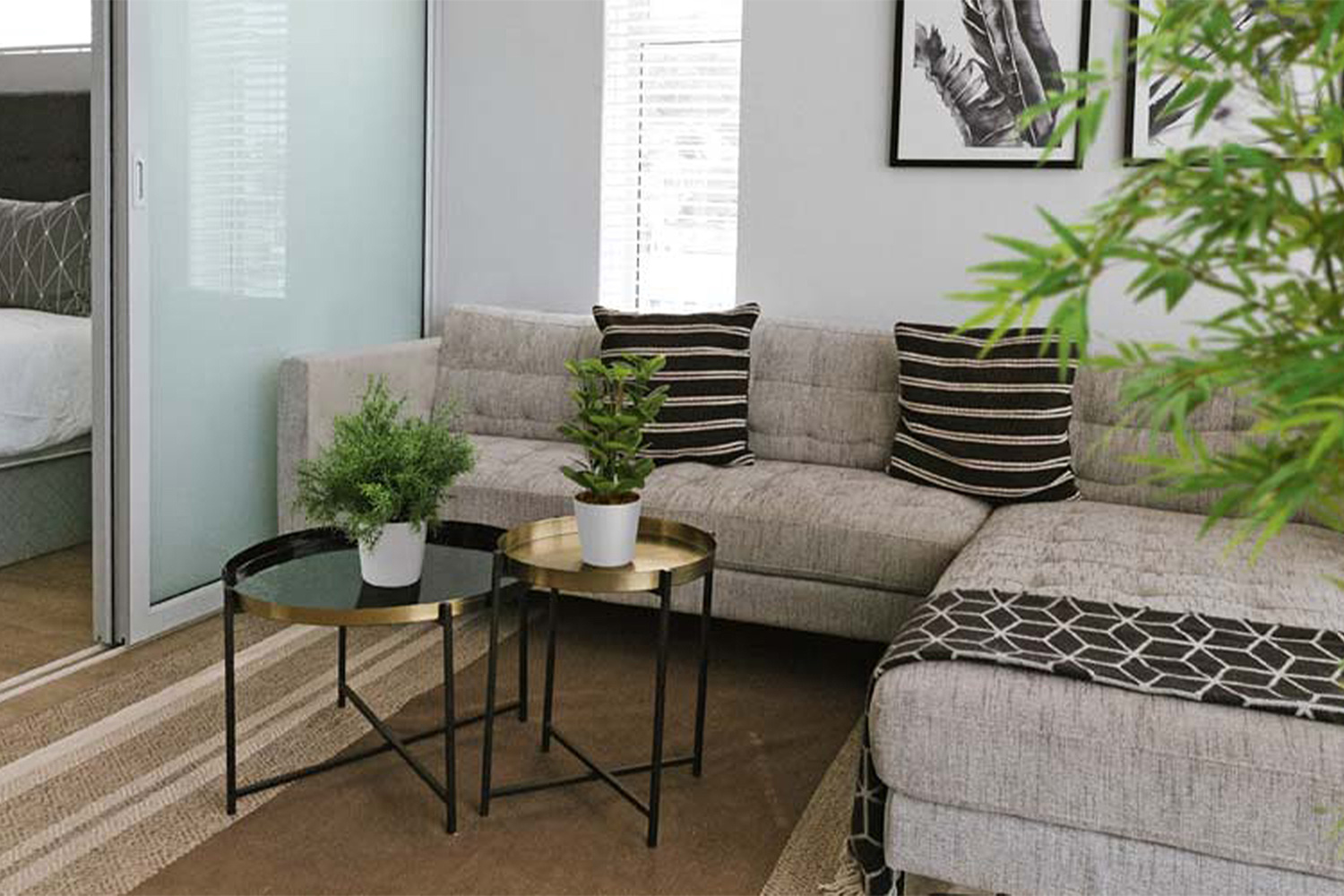
One of the main reasons for using artificial plants is their ease of maintenance. They require no light, water, or fertilizer and are thus independent of seasons, weather conditions, and location requirements. This not only saves time and resources but also prevents the risk of damage from water leaks during watering or mold formation on plant soil. Artificial plants also offer advantages for allergy sufferers and pet owners. While real plants can cause allergic reactions in some people or be toxic to pets, artificial plants generally do not contain allergens that can trigger allergic reactions.
Contents
1. Why Artificial Plants?
One of the main reasons for using artificial plants is their ease of maintenance. They require no light, water, or fertilizer and are thus independent of seasons, weather conditions, and location requirements. This not only saves time and resources but also prevents the risk of damage from water leaks during watering or mold formation on plant soil. Artificial plants also offer advantages for allergy sufferers and pet owners. While real plants can cause allergic reactions in some people or be toxic to pets, artificial plants generally do not contain allergens that can trigger allergic reactions.
2. From Dusty Image to Modern Decoration
The days when artificial plants were considered inferior imitations are long gone. Today, they are made from high-quality materials and look deceptively similar to real plants. Innovative technologies even allow for the replication of textures and color gradients that rival their natural counterparts. The production of artificial plants is now a sophisticated process that requires a lot of craftsmanship. Real plants are often used as models to accurately replicate the shapes and patterns of leaves and flowers. Materials range from plastics to natural materials like wood or moss. The result is lifelike decorative plants that convince both visually and tactilely. Innovative technologies play a crucial role here: with the help of 3D printing and laser cutting, even the finest details and structures can be depicted. Color gradients are realized through elaborate airbrush techniques or the use of multi-color printing.
They are no longer just copies of real plants but are standalone decorative elements. They help implement individual room concepts tailored to specific needs and interior styles. Whether in the office, in stores, restaurants, or private homes, artificial plants bring a touch of greenery to interiors, creating a pleasant atmosphere.
The range of artificial plants has expanded enormously in recent years. They come in all imaginable sizes, shapes, and colors, from exotic palms to grasses and flowers. This ensures that there is a suitable model for every taste and room concept.
But it's not just their appearance that makes artificial plants a popular choice; their ease of maintenance does too. They require no light, water, or fertilizer. They are resistant to pests and diseases and maintain their fresh appearance all year round. This makes them the perfect solution for those who want the ambiance of green plants but don't have the time or ability to care for them. Artificial plants are more than just an alternative to real plants; they are a modern, flexible, and sustainable solution for interior design, setting new standards in design and quality.
3. Artificial Plants in Commercial Spaces: More Than Just Decoration
In commercial spaces, artificial plants have a much broader range of applications than one might initially think. They are not just an aesthetic element for enhancing spaces but also have functional significance. They significantly influence the work and customer environment by enlivening the atmosphere and positively impacting people's psychology. Various studies have confirmed that plants, whether real or artificial, can improve the general well-being and productivity of employees. They have a calming effect, promote concentration, and help reduce stress. In a work environment where there is often high pressure and stress, artificial plants can create an oasis of calm. They can help employees relax, collect their thoughts, and recharge their energy. In addition to their positive impact on employees, artificial plants also have an inviting effect on customers and business partners. A plant-decorated environment appears welcoming and friendly. It conveys the impression that the company pays attention to detail and a pleasant atmosphere. This can strengthen trust in the company and help build and maintain business relationships. In restaurants or stores, the easy-care green accents can also help create a relaxed ambiance.
4. Conclusion
Artificial plants have long shed their dusty image and have become an important element in the interior design of commercial and private spaces. They are easy to maintain, durable, and offer diverse design possibilities with a feel-good character. Additionally, they can help improve the work and customer environment. Thus, they are more than just decoration; they are also a tool for every successful business. In our online shop, we offer a wide selection of modern artificial plants for every application area.
